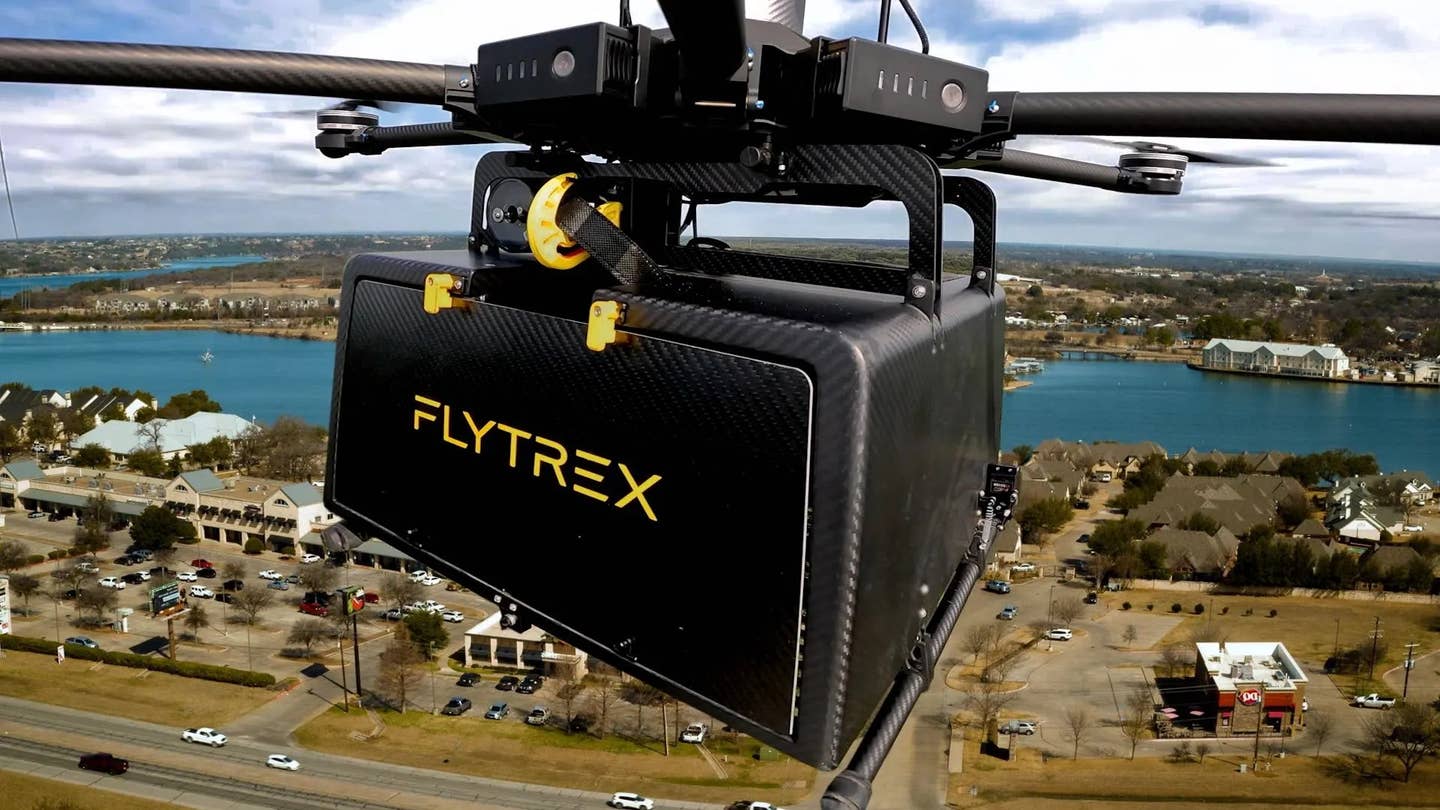
The Inspector General’s report found that contract towers are just as safe as FAA facilities. Claudio Luiz Castro/Unsplash
The FAA’s federal contract tower program consists of 254 facilities located in 46 states. The FCT program was created in 1982 in order to allow airports that would be unable to afford the price of a traditional FAA operated tower to enjoy the benefits of ATC services. Those towers and their 1,400 controllers manage 28 percent of the National Airspace System.
The DOT’s inspector general office was recently asked to assess the FCT program’s effectiveness and safety record by reviewing the years between 2015 thru 2019. The IG report was released late last month with some surprising results.
During the years studied, the IG found that contract towers were more cost effective per aircraft movement handled than FAA towers and cost $1.5 million less per year to operate than FAA facilities. The contract tower safety records for comparably-sized facilities were also on par with those of FAA towers. On average, the report said, contract towers use 47.6 % fewer resources—or incurred lower controller staffing costs—per aircraft handled per year even though comparable FAA towers handled more flights.
Contract towers deliver lower costs because they typically staff their facilities with fewer controllers whom they pay much less than the FAA pays its staff. The report said a year’s worth of labor and benefit costs at the busiest FAA towers run about $15.7 million compared to just $2.7 million for a contract facility. Breaking those costs down to a per-movement basis, FAA facilities cost $22.34 each compared to $7.41 at a contract tower. The cost per movement figure remains relatively constant as they filter down to less busy FAA facilities, while those per movement costs at contract towers increase by roughly 30 percent at the slowest towers.
The IG report added that while contract towers were involved in statistically fewer safety incidents per aircraft handled than FAA facilities, “We do not believe the difference between these numbers and those of FAA towers is meaningful because, among other reasons, the numbers of safety related events across the NAS were very low relative to the total number of flights.”

Subscribe to Our Newsletter
Get the latest FLYING stories delivered directly to your inbox






